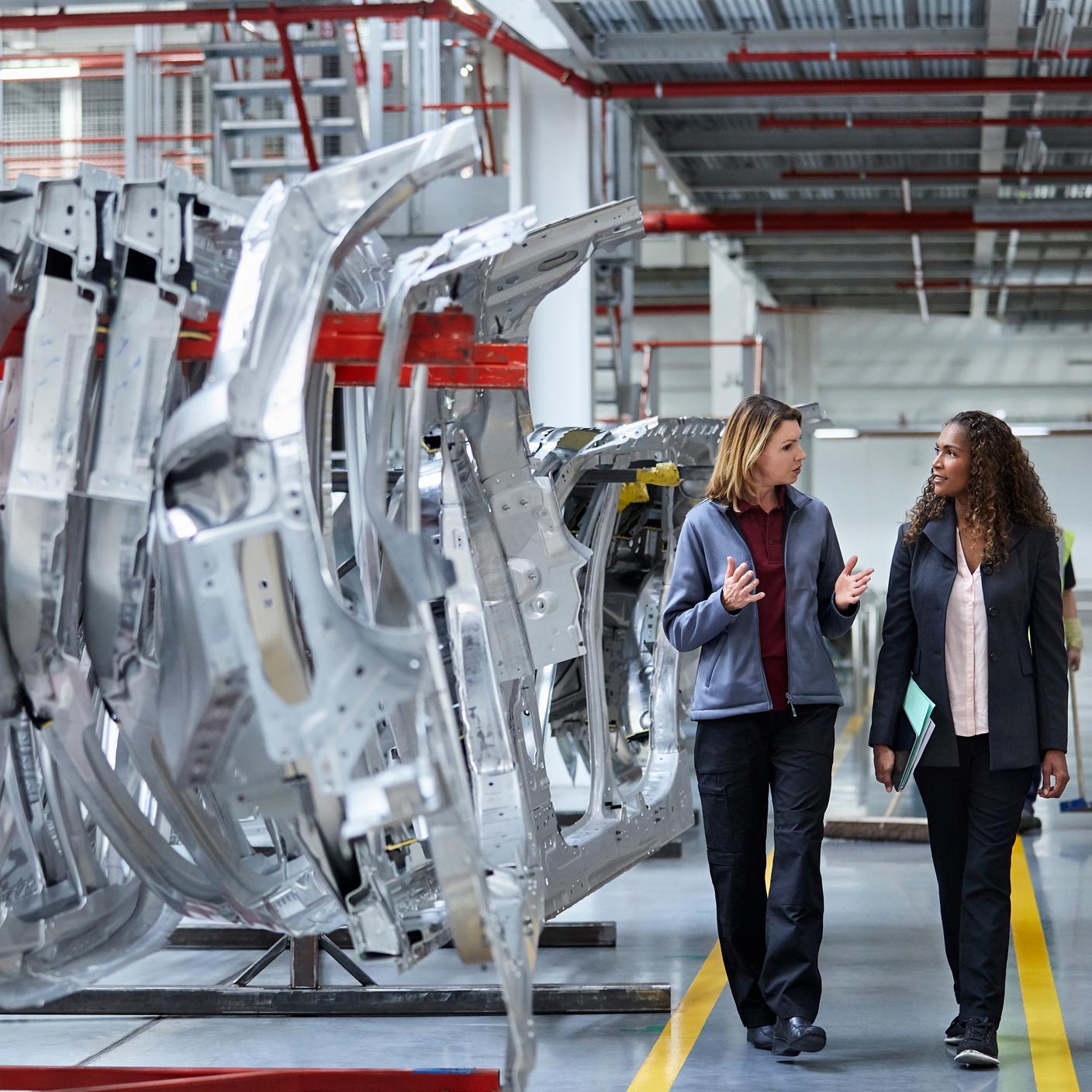Total Productive Maintenance (TPM) can help create the systems needed to improve overall efficiency throughout your operations.
In the context of transport and mobility, TPM ensures quality against recognized standards, provides your organization with a method to set benchmarks, and ultimately contributes to a more efficient and reliable transportation system, benefiting society as a whole.
The history of TPM
TPM was developed between 1950 and 1970 as a management discipline by Seiichi Nakajima of the Japanese Institute of Plant Maintenance (JIPM).
The TPM process was developed to reduce operating costs by maintaining and improving equipment and machinery needed for manufacturing. The automotive sector adopted TPM first, and Nippon Denso (now Denso) started to apply TPM in the 1970s while working as a parts supplier for Toyota.
The pillars of TPM
TPM is built around eight key pillars to help organizations like yours effectively apply the methodology.
- Autonomous maintenance: Ensuring anyone working in operations is fully trained in routine maintenance
- Focused improvement: Continually improving functions and processes
- Planned maintenance: Proactively carrying out maintenance at the optimal time
- Quality maintenance: Preventing errors with the correct maintenance methods
- Early equipment management: Designing equipment to be easily maintained
- Training and education: Teaching the skills operators need to perform at their best
- Safety, health, and environment: Creating a safe working environment
- TPM in administration: Looking beyond the factory floor to apply the TPM methodology wherever it is needed.
One of the pillars, focused improvement, has a particular influence over the whole TPM approach.
TPM is routed in the philosophy of Kaizen
At the core of TPM lies the principle of ‘Kaizen’ – a Japanese term that embodies the idea of continuous improvement for the better.
Kaizen serves as the guiding light of TPM, enabling organizations to apply this methodology to their operations effectively. Rooted in the philosophy of Kaizen is the creation of a workplace culture that motivates every individual to actively contribute to improvement through standardized practices – a sentiment shared by our own philosophy.
Kaizen and lean manufacturing
One of the goals of Kaizen is to “go lean”. In manufacturing terms, lean ways of working can reduce waste, standardize processes, and increase efficiency.
In the wider transport and mobility sector, lean ways of working can help to improve the quality of production and services by creating a standard methodology.
Adopting a ‘zero’ mindset
One of the goals of adopting TPM, especially in a vehicle manufacturing setting, is to aim for zero. When adopted correctly, TPM users can create systems that realize zero accidents, zero defects and zero failures.
Ultimately, the goal is to achieve zero losses overall, including zero losses through any activities that overlap and potentially create duplication.
The TPM system does require a set of benchmarks for organizations to decide if they are being productive and efficient by their own measurements and standards.
These key performance indicators (KPIs) are important to help your organizations grasp its own efficiencies.
Lean on our guidelines for TPM
To help manufacturers and organizations implement TPM effectively, we worked closely with the JIPM Corporation, the co-creators of TPM, and created a steering group to help put things right.
This collaboration created the Total Productive Maintenance (PAS 1918:2022) – Implementing Key Performance Indicators guide. This publicly available guidance provides an effective approach for organizations to use when they are adopting a TPM mindset.
Among other things, PAS 1918:2022:
- Offers you guidance on the concept of TPM
- Guides you on the relevant KPIs
- Sets out to create a system that maximizes efficiency
- Helps you achieve goals of zero accidents, zero defects and zero failures over the whole production system life cycle
- Aims to tackle misunderstandings around TPM.
A more standardized approach can also help improve productivity. By adopting TPM, organizations in vehicle manufacturing can aim to produce more quality-focused, efficient systems that can be measured with effective KPIs.
Another effective guideline for organizations is Automotive Quality Management (IATF 16949). It’s an international standard that helps to back up TPM efforts by guiding manufacturers through a systematic approach to TPM.
The IATF requirement for TPM can generate minor non-conformities — most commonly contingency and control plans — but automotive manufacturers can use the guidance in PAS 1918 to confidently meet the IATF requirements.
There are 10 points in IATF 16949 that refer to TPM, and includes regular reviews of maintenance plans, use of preventive maintenance methods and more.
Visit our online shop to view or buy PAS 1918 for automotive quality management.


